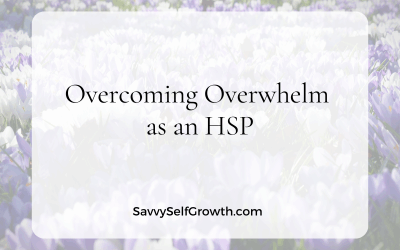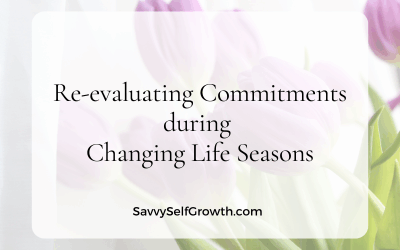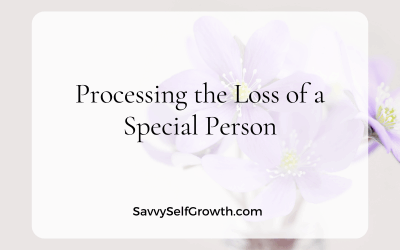Who Thought it Was That Easy?
Guest Blog by Gudrun Frerichs
 I’m really fortunate to meet amazing authors in the authors learning groups I’m currently in. Today, I’m excited to host a wonderful inspirational article by Gudrun Frerichs – originally from Germany, now in New Zealand. We all have had the experience of critical inner voice stopping our creative flow. For some of us, creativity was stemmed in childhood when we were told our efforts were “wrong”, “not good enough” or “dumb”. Gudrun’s wonderful words might just help you get your juices flowing again. Guess what…. this morning I signed up for a painting class (even though I used to think I’m no good at that!) – and I particularly like Numbers 4 and 5 in this list! Have fun everybody!!
I’m really fortunate to meet amazing authors in the authors learning groups I’m currently in. Today, I’m excited to host a wonderful inspirational article by Gudrun Frerichs – originally from Germany, now in New Zealand. We all have had the experience of critical inner voice stopping our creative flow. For some of us, creativity was stemmed in childhood when we were told our efforts were “wrong”, “not good enough” or “dumb”. Gudrun’s wonderful words might just help you get your juices flowing again. Guess what…. this morning I signed up for a painting class (even though I used to think I’m no good at that!) – and I particularly like Numbers 4 and 5 in this list! Have fun everybody!!
Over to Gudrun:
Albert Einstein is quoted to have said that “Creativity is intelligence having fun”. That makes every person a creative person, because everyone has intelligence. Maybe not the intelligence that is measured with IQ tests, but that is an outdated tool anyhow and has lost its appeal a long time ago. It’s important to distinguish between intelligence and knowledge. People can have a lot of knowledge and yet struggle to boil water.
Of course there are the obvious creative arts like painting, acting, writing, or sculpting. However, we can be creative in every aspect of our lives: socialising, parenting, home making, cooking, crafts… it’s impossible to list them all here. We can, and usually do, bring creativity into all aspects of our lives.
Then there is nothing to unlock, isn’t’ there, if we all have it and use it every day? Maybe we just have to be reminded of our own creativity. I believe there are a few steps every person can take to really KNOW that he or she is creative. That knowing might encourage not only a stronger expression of creativity; it might also strengthen a person’s self-confidence.
Step 1: Scan your body!
Most people have the bad habit of over-thinking things. It probably has to do with the fact that we are living in a highly competitive world where judging and criticising has become an art-form while encouragement and compassion is often seen as weakness. So our minds are filled with habitual chatter of the most unhelpful kind: Wondering about the ‘what-if’s’ (as if we had any way of knowing what would happen in the future), worrying about what other people think, or recalling all the times we started something and it didn’t work out the way we wanted it. Some people are so bombarded with this kind of mind-debris that they never dare to step out and let their creativity shine. Let that not be you. The best way to calm your mind down is by coming more fully into your body. Stop paying attention to your thoughts and instead start a body scan. How does your body feel right now, right here? Start at the toes and work your way u p to the head. What are you aware of? What do you notice? When you focus on your body you are not falling (as much) into the trap of listening to your mind-chatter. It’s really quite simple. The whole concept of meditating is built on getting out of your head and into your body. Try it out for yourself!
Step 2: Be suspicious of your thoughts!
Rather than going with the flow and following our intuition, we often stop ourselves by listening to our thoughts of self-doubt. People forget or may not be aware, that just because we think it doesn’t mean it’s true. Our thoughts don’t reflect what is happening outside of us but rather what is happening inside of us – whether we are in a good frame of mind or not. When we are moody, depressed, or upset we view a situation, any situation, negatively. The same situation will look very different to us when we are in a positive frame of mind. In that state our mind is less cluttered with ‘habitual mind chatter’ and we access more easily common sense and wisdom.
Step 3: Don’t buy into what others say!
Whatever a person says or does has more to do with them then it has with you. It is a reflection of their current state of mind. When they are critical or even hurtful, it means they are in a very negative frame of mind due to what is going on in their inner- and outside lives. Let’s use a farmer’s market metaphor: Due to a bad harvest they have only bruised apples for sale. It is your choice to buy them or to pass for now. You don’t have to buy bruised apples. Once the farmer has better apples for sale, you may want to get some! Make sure that you don’t judge them for being judgemental. They will come around once their thinking changes – we all do eventually. Just as we all do fall into the trap now and then of spilling our bad-mood-thinking onto others. We better forgive ourselves and others for it!
Step 4: Don’t compare yourself!
Comparing ourselves to others is a very seductive trap most of us fall into at times. Yet it is so ridiculous, if you think about it. We would never compare Michelangelo (1475-1564) with Picasso (1881-1973). Even though they have both created amazing works of art their’s are unique expressions of their time. We might prefer one, but that doesn’t mean it’s better. What is amazing is how their creative mind has found a unique way of expression that is still admired by people today. Have they struggled? Probably! Did they have to fight adversity and criticism? Most likely! Nonetheless, we are paying today a lot of money just to view their art. Their critics have long been forgotten – dropped into insignificance.
Step 5: Have Fun!
Last but not least – Have Fun! When we are able to drop the inner critical voice telling us all the things we do wrong and should or shouldn’t do we are halfway to let our hair down and have fun. That may not happen spontaneously due to inhibitions and conditioning. However when you consciously make time to have some fun with your family or friends, or even just by yourself, than play time is much easier to come by. We all need down time. Time when we try out new things, stretch beyond our comfort zone. Time when, for just a few moments, we can leave behind our responsibilities and become childlike again and enjoy the simple things of life!
Without the habitual critical mind-chatter getting in the way, you are now able to enjoy whatever you feel passionate about doing. Give yourself to the experience. And if a critical thought tries to sneak in tell it “…Not now, I am busy having fun!”
Meet Gudrun Frerichs
 Gudrun is a therapist, author, and life-long explorer of the mysteries of the human mind. Born on an idyllic fisher island in Germany, she lives now in New Zealand. After 25 years of working in mental health and trauma recovery, she is retiring from clinical work and has published now her first book Delicious Love Forever. She is passionate about the Principles of Mind, Thought, and Consciousness as formulated by the late Sydney Banks, and writes about her understanding of it in her “Delicious Forever” series, applying the principles to everyday living situations.
Gudrun is a therapist, author, and life-long explorer of the mysteries of the human mind. Born on an idyllic fisher island in Germany, she lives now in New Zealand. After 25 years of working in mental health and trauma recovery, she is retiring from clinical work and has published now her first book Delicious Love Forever. She is passionate about the Principles of Mind, Thought, and Consciousness as formulated by the late Sydney Banks, and writes about her understanding of it in her “Delicious Forever” series, applying the principles to everyday living situations.
Gudrun has studied in Germany, New Zealand, and the United States and holds diplomas in Business Administration, Gestalt, and NLP, a Masters degree in psychotherapy, and a PhD in Health and Environmental Sciences.
Go to Gudrun’s website www.gudrunfrerichs.com to learn more about the power of THOUGHT.
Don’t have a Kindle yet? Not to worry! Click below to get a FREE Kindle Reader app on your smart device!



